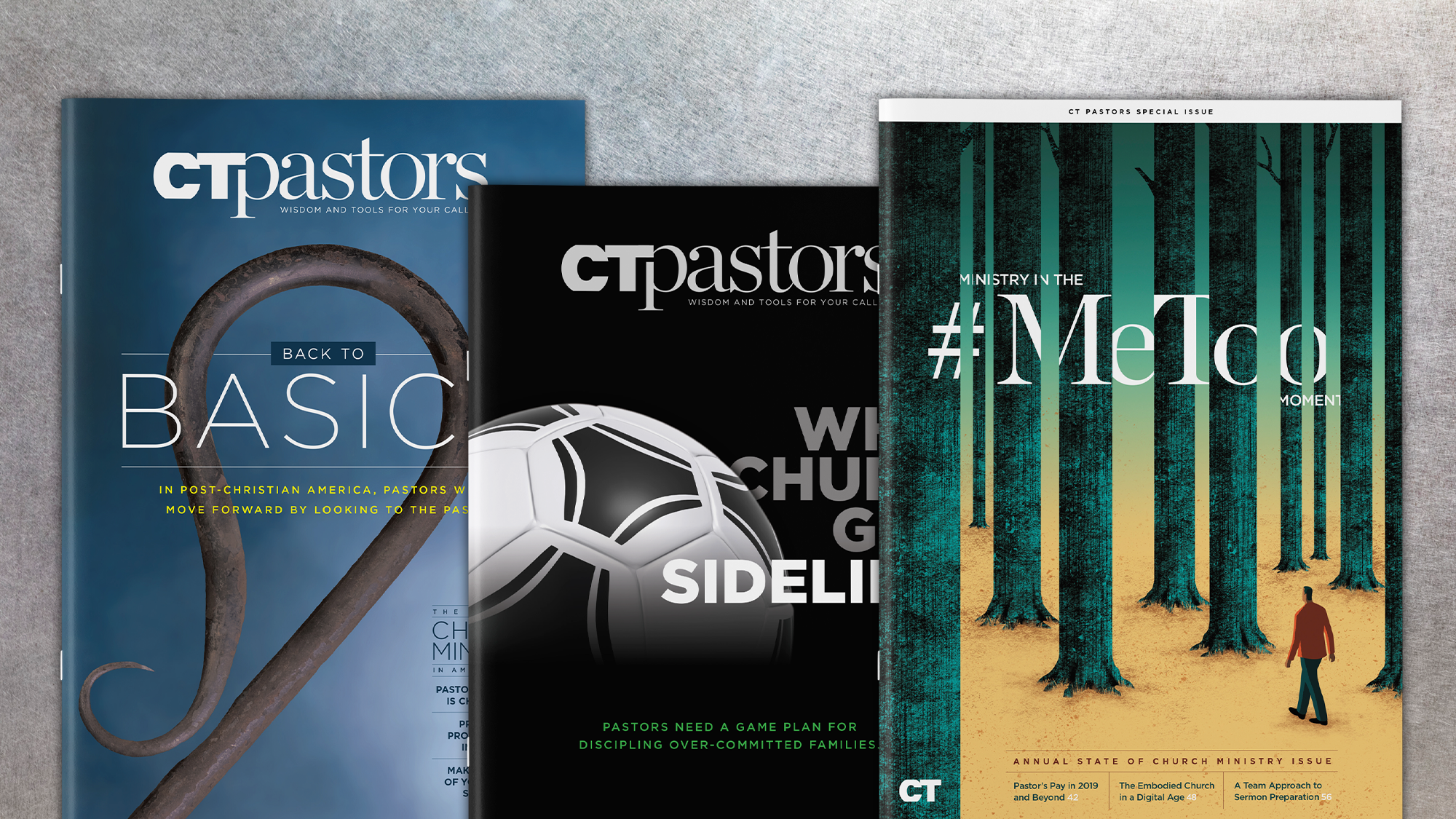A new survey of U.S. churches suggests that 1 in 7 spends less than 35 percent of its annual budget on staffing costs.
The finding, drawn from the recent "Lean Staffing" survey conducted by Leadership Network and Christianity Today International's Your Church magazine and Leadership journal, may begin to help churches more accurately assess how many paid staff members they need to effectively minister.
The survey polled 735 leaders from Protestant and evangelical churches across the United States. Of that, the study separated 539 respondents to generate the "lean staffing" comparison: 15 percent of that group spends less than 35 percent on staff, while the rest spend between 35 percent and 65 percent.
Fact2008 says that the average U.S. church spends 45 percent of its annual budget on staff, according to Warren Bird, director of research with Leadership Network. In Your Church's 2009 Church Budget Priorities, nearly 1,100 church leaders say they spend, on average, 41 percent of their annual budgets on staffing. Other organizations, including the National Association of Church Business Administration, estimate the average runs closer to 50 percent—and sometimes higher—for many congregations.
Church leaders often say they want to spend less on personnel and more on outreach. But those same leaders also often say they aren't aware of other churches using smaller staffing models well to accomplish that, Bird says.
Now there's at least some data to suggest such churches do exist.
"There are churches that seem to be healthy and outreach-minded that do, indeed, have a lower percentage of their budget going to staffing costs. It can be done," Bird says. "That was very affirming."
Based on the survey's results, Bird says he was also encouraged to see "lean-staffing churches spend a higher percentage of their budget money outside of their walls."
What the "Lean Staffing" survey doesn't reveal, though, is a recipe showing precisely how those slim-staffed churches do it. Further research later this year will seek those answers, Bird says.
And such answers may prove timely. Congregations continue to weather the worst economic recession in decades, and many are working with fewer overall dollars compared to just a couple of years ago. In the second annual "State of the Plate" survey conducted by Maximum Generosity and Christianity Today International, 38 percent of the more than 1,000 church leaders surveyed say that giving in 2009 declined from the previous year, compared to 29 percent who said the same a year earlier.
Even without a recipe, though, Bird says some general patterns from the "Lean Staffing" survey can help churches begin evaluating their thinking now. In particular:
- Lean-staffed churches averaged 1 paid staff member per 86 attenders compared to a 1-to-70 ratio for those that spend more on staffing;
- Lean-staffed churches generally spent 18 percent of their budgets on outreach, such as missions and community aid, compared to 15 percent by the other group;
- Based on those numbers, church leaders can determine their staff-to-attender ratios and the percentage of their budgets spent on outreach, and then evaluate how much, if at all, they want those numbers to shift, Bird says.
"I think we found some norms to help people frame their discussions," he says.
Bird acknowledges that, in some instances, a "lean-staffed" church's data from this survey may be skewed.
For instance, an outside group may rent a church's building during the week, providing a greater level of income for that church to use, even though its staffing may be nearly identical to another of comparable attendance size. "Some churches solve the problem by making the pie bigger. I'm not sure that makes their staff any more effective," he says. "It just makes their staffing percentages look better."
Or, in other instances, churches may outsource certain duties previously handled by paid staff, such as accounting or custodial services. Those expenses may fall under an area separate from personnel in the budget, even though it still involves compensating a person to complete necessary work for the church.
Leadership Network's follow-up research will work to separate such occurrences from situations in which churches actually spend fewer dollars on staff and develop a well-trained volunteer base. "Perhaps this is a motivator, that if we can find a way to further empower lay leadership, it will free up more money to help with missions and to very tangibly meet needs in one's community," Bird says.
He adds: "There are ways to do this. You can cut back on ministries and spend less. Or you can work a smaller staff to death."
But the hope is to find churches striking a balance. "We want to find the healthy way to do it."
Matt Branaugh is editor of Your Church and TheYourChurchBlog.com.
Copyright © 2010 by the author or Christianity Today/Your Church magazine.
Click here for reprint information on Your Church.

Support Our Work
Subscribe to CT for less than $4.25/month

























